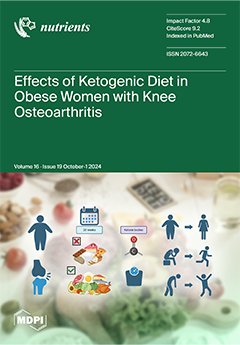Background: Methionine (Met) is a popular nutritional supplement in humans and animals. It is routinely supplemented to pigs as L-Met, DL-Met, or DL-2-hydroxy-4-(methylthio) butanoic acid (DL-HMTBA).
Methods: We investigated the effect of these Met supplements on jejunal amino acid (AA) transport in male
[...] Read more.
Background: Methionine (Met) is a popular nutritional supplement in humans and animals. It is routinely supplemented to pigs as L-Met, DL-Met, or DL-2-hydroxy-4-(methylthio) butanoic acid (DL-HMTBA).
Methods: We investigated the effect of these Met supplements on jejunal amino acid (AA) transport in male castrated Piétrain × Danbred pigs, also including a non-supplemented group. The mucosal-to-serosal flux of ten [
14C]-labeled AAs (L-glutamine, glycine, L-leucine, L-lysine, L-Met, L-serine, L-threonine, L-tryptophan, L-tyrosine and L-valine) was investigated at two concentrations (50 µM and 5 mM). Inhibition of apical uptake by mucosal L-Met was also measured for these AAs. The intestinal expression of apical AA transporters, angiotensin-converting enzyme II and inflammation-related genes were compared with those of a previous study.
Results: Except for tryptophan and lysine at 5 mM, all AA fluxes were Na
+-dependent (
p ≤ 0.05), and the uptake of most AAs, except glycine and lysine, was inhibited by L-Met (
p < 0.001). A correlation network existed between Na
+-dependent fluxes of most AAs (except tryptophan and partly glycine). We observed the upregulation of B
0AT1 (
SLC6A19) (
p < 0.001), the downregulation of ATB
0,+ (
SLC6A14) (
p < 0.001) and a lower expression of
CASP1,
IL1β,
IL8,
TGFβ and
TNFα in the present vs. the previous study (
p < 0.001).
Conclusions: The correlating AAs likely share the same Na
+-dependent transporter(s). A varying effect of the Met supplement type on AA transport in the two studies might be related to a different level of supplementation or a different inflammatory status of the small intestine.
Full article






